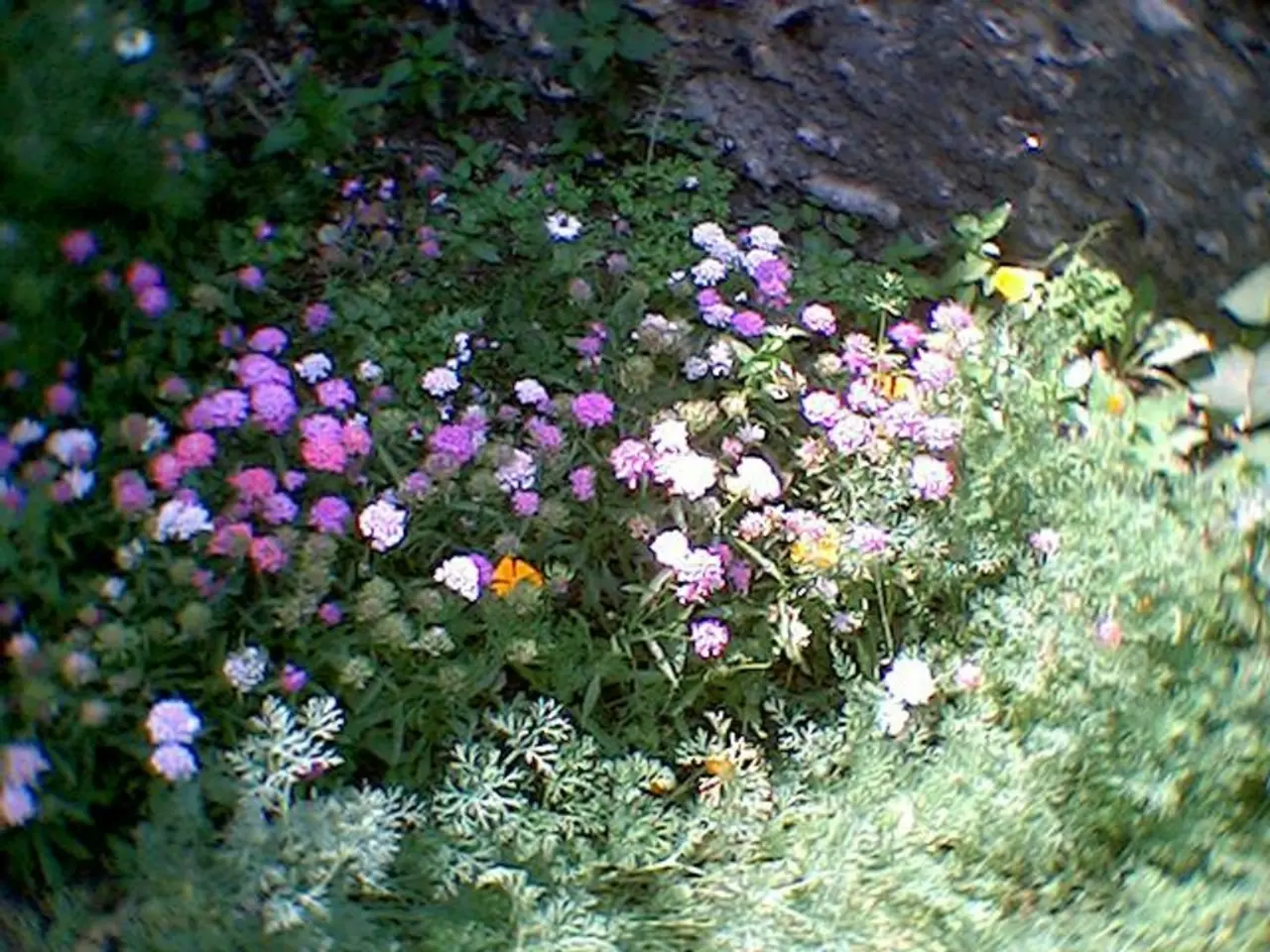Professional gardener's perspective: 5 Shrubs I Avoid Due to Their Invasive and Ugly Nature, and Preferred Alternatives
In the pursuit of a beautiful and low-maintenance garden, it's crucial to be mindful of the plants we choose. Some shrubs, while initially appealing, can pose significant ecological and maintenance challenges. Here, we highlight a few invasive shrubs to avoid and suggest alternative, native options that will thrive in your backyard while supporting local pollinators and wildlife.
**Invasive Shrubs to Steer Clear Of:**
1. **Japanese Barberry (Berberis thunbergii)**: This shrub spreads vigorously, harbours ticks, and is invasive in many US states. Its sharp spines make pruning difficult.
2. **Buckthorn (Rhamnus cathartica)**: This species outcompetes natives for nutrients and light, hosts crop pests, and is difficult to eradicate.
3. **Creeping Charlie (Glechoma hederacea)**: A vigorous groundcover that forms dense mats, choking out other plants and spreading easily via stem fragments.
4. **Oriental Bittersweet**: This climbing vine strangles trees and shrubs, causing structural damage.
5. **English Ivy and Chinese Wisteria**: These plants climb and smother trees, damage structures, and are difficult to control.
Many of these invasive shrubs have vigorous growth habits that require intensive management or eradication efforts, often involving chemical treatments and manual removal over several years.
**Native Alternatives:**
1. **Ninebark (Physocarpus opulifolius)**: A thornless shrub with attractive flowers and foliage, suitable for various sun and shade conditions.
2. **Common Elderberry (Sambucus canadensis)**: Forms thickets with edible berries, ideal for providing food and shelter for wildlife.
3. **Red-flowering Currant (Ribes sanguineum)**: A great choice for West Coast gardens, with early pink blooms that attract pollinators.
4. **Buttonbush (Cephalanthus occidentalis)**: A native alternative to Japanese laurel, suitable for growing down to zone 5, and thriving in shade and damp soil.
5. **Fatsia polycarpa 'Green Fingers'**: A less glossy alternative to Fatsia japonica, suitable for growing in pots and borders down to zone 8, ideally in part-shade and with moist soil.
By opting for these native alternatives, you can create a beautiful, ecologically sound, and low-maintenance garden. Remember, nothing is ever permanent in gardening, and you can always take action to remove or replant an area if needed.
For advice on indigenous plants suited to your region that provide similar aesthetic or functional benefits without ecological risks, consult your local cooperative extension office. Additionally, planting natural pest repellents such as marigolds, rosemary, and mint can help mitigate pest concerns like ticks, a known issue with Japanese barberry.
Sources: [1] Local Cooperative Extension Offices [2] The National Park Service [3] The Lady Bird Johnson Wildflower Center [4] The U.S. Forest Service [5] The U.S. Fish and Wildlife Service
Incorporating native shrubs into your home-and-garden ensures a sustainable lifestyle and creates a lovely, low-maintenance garden. For instance, Ninebark, Common Elderberry, Red-flowering Currant, Buttonbush, and Fatsia polycarpa 'Green Fingers' are native alternatives that not only thrive in various conditions but also support local pollinators and wildlife.







